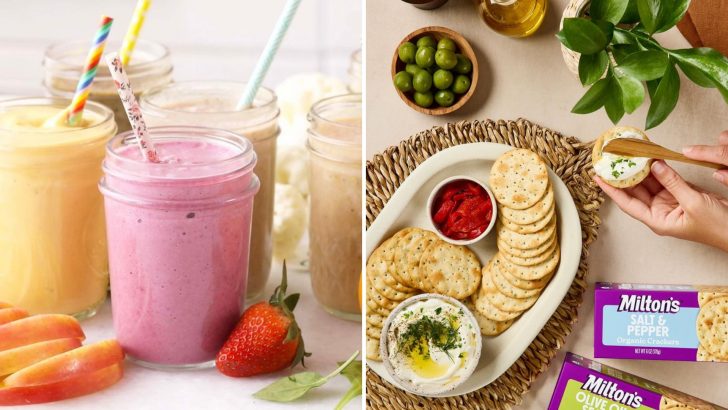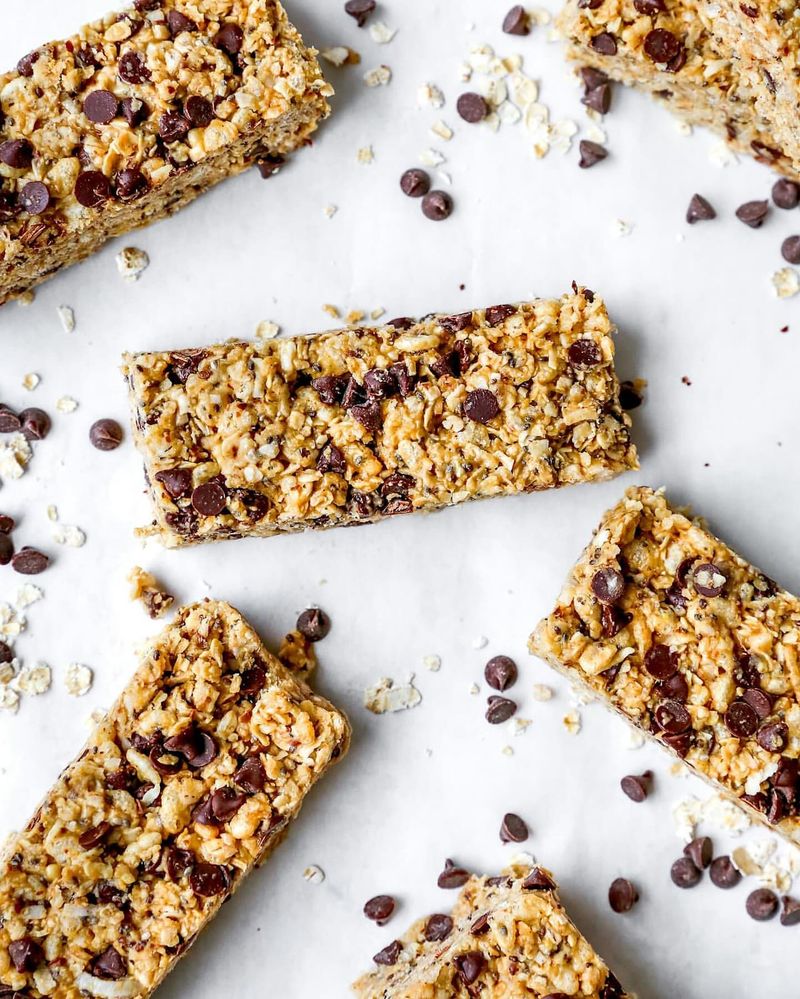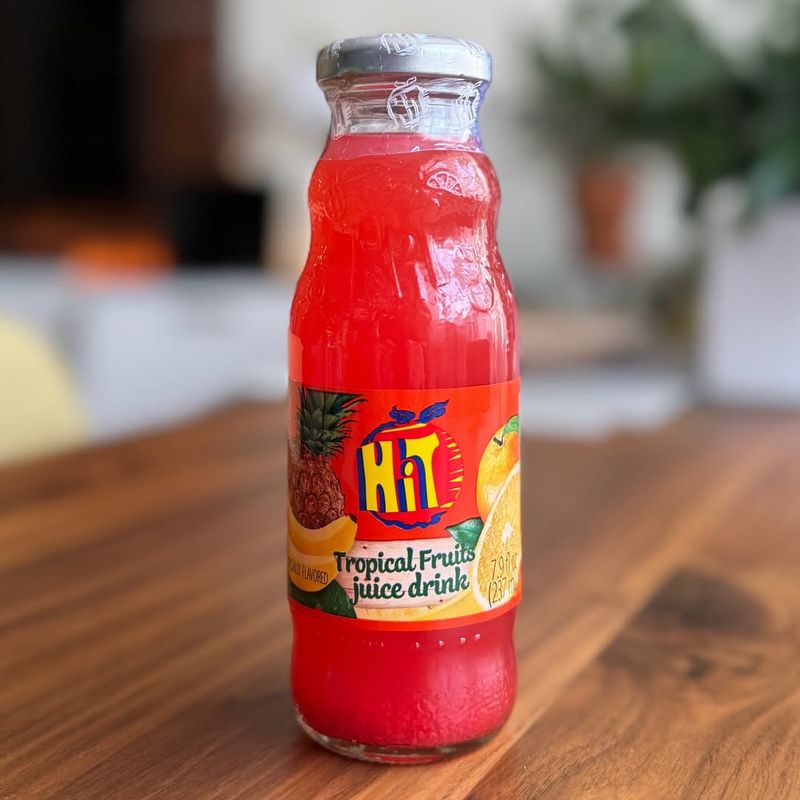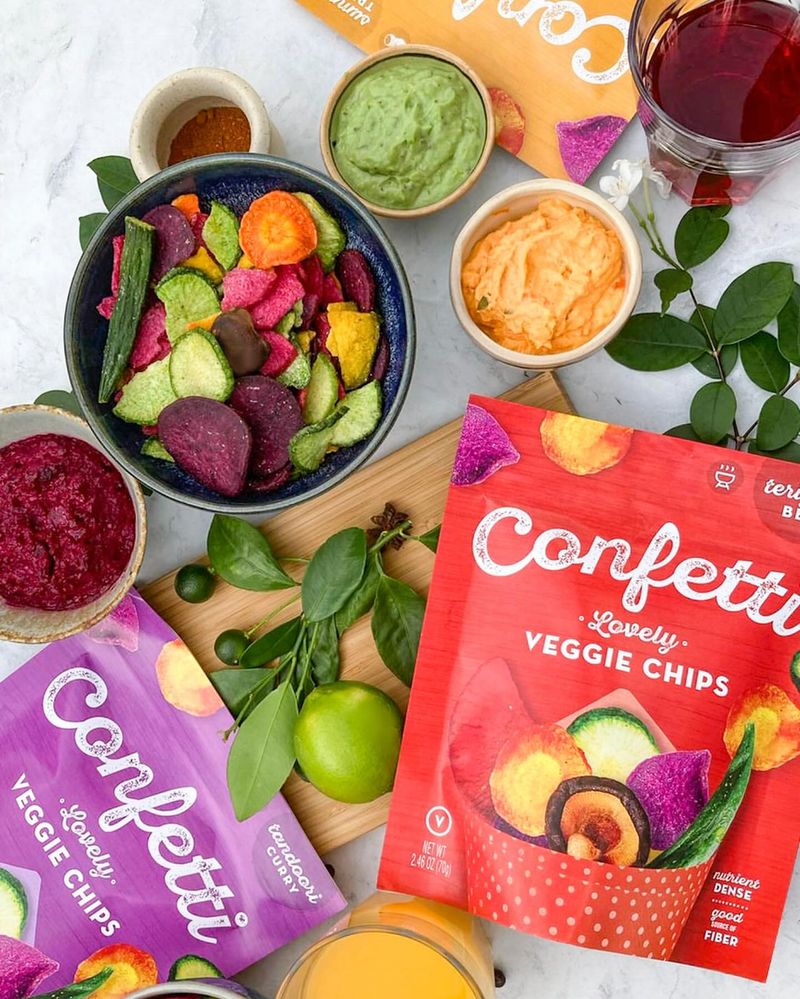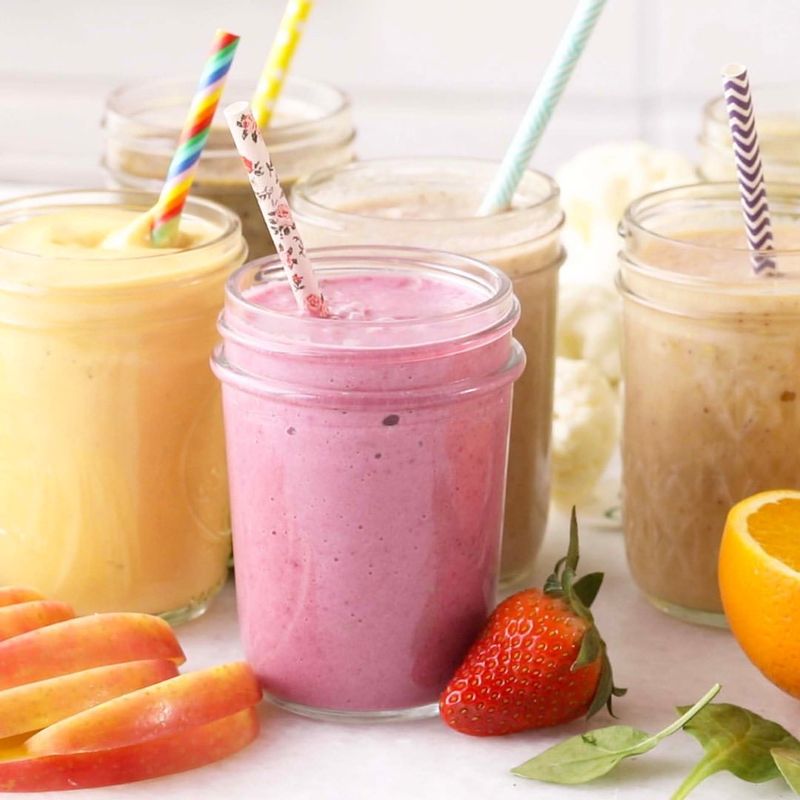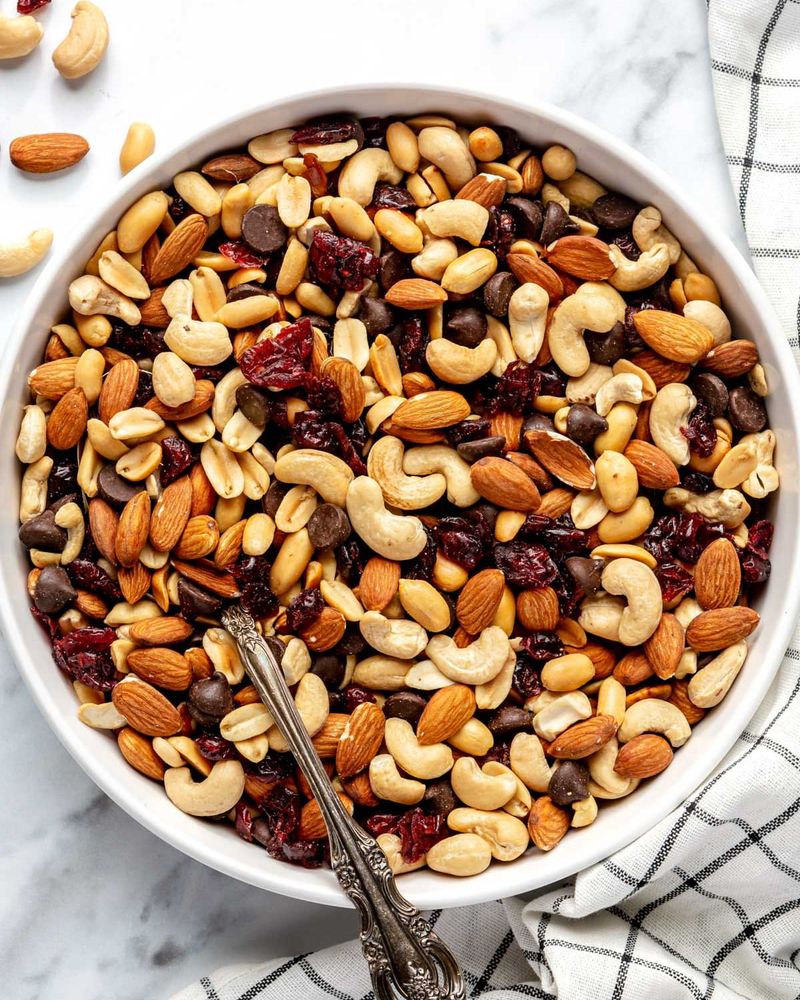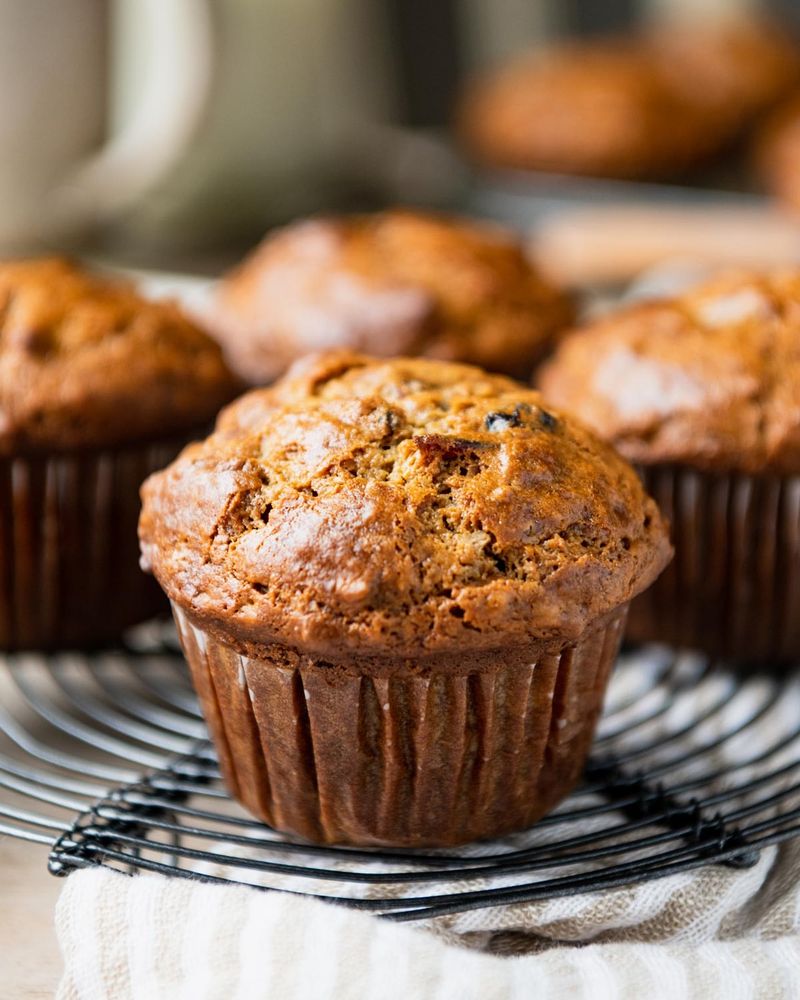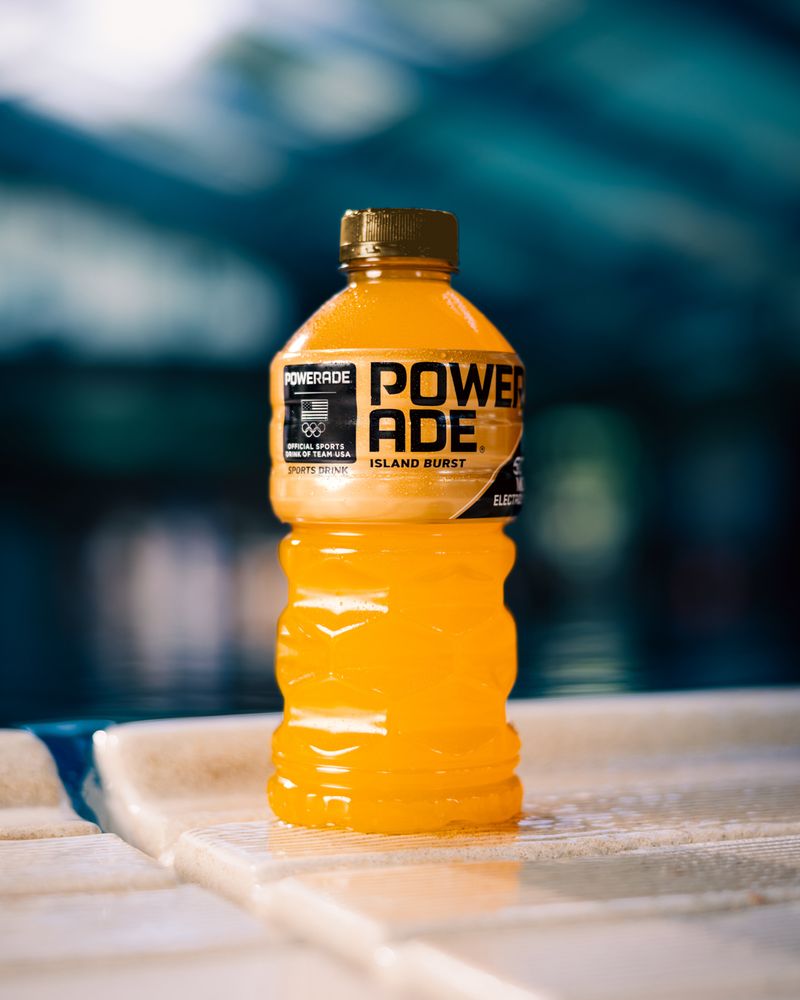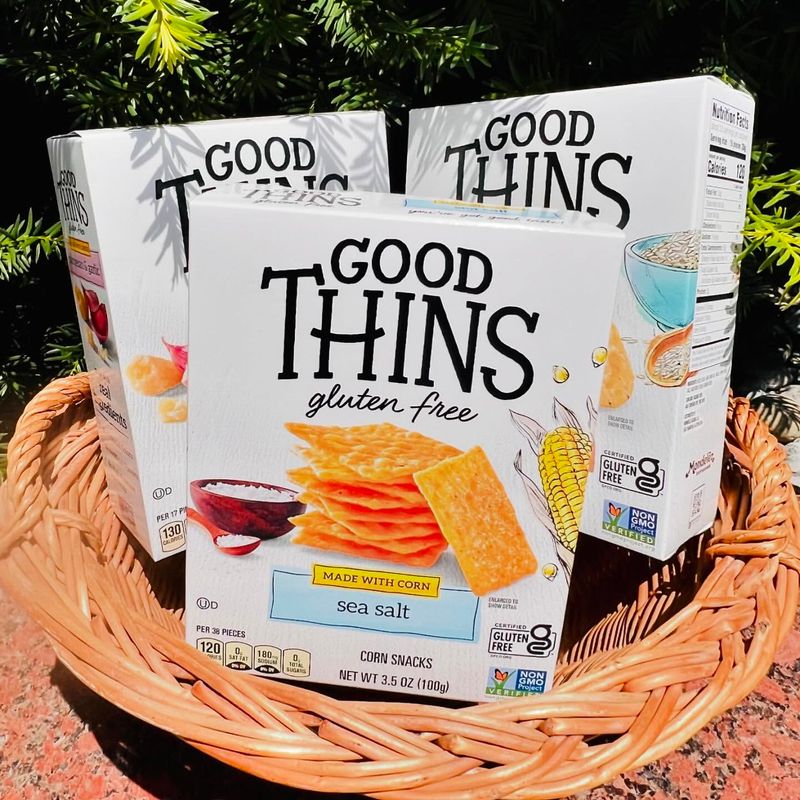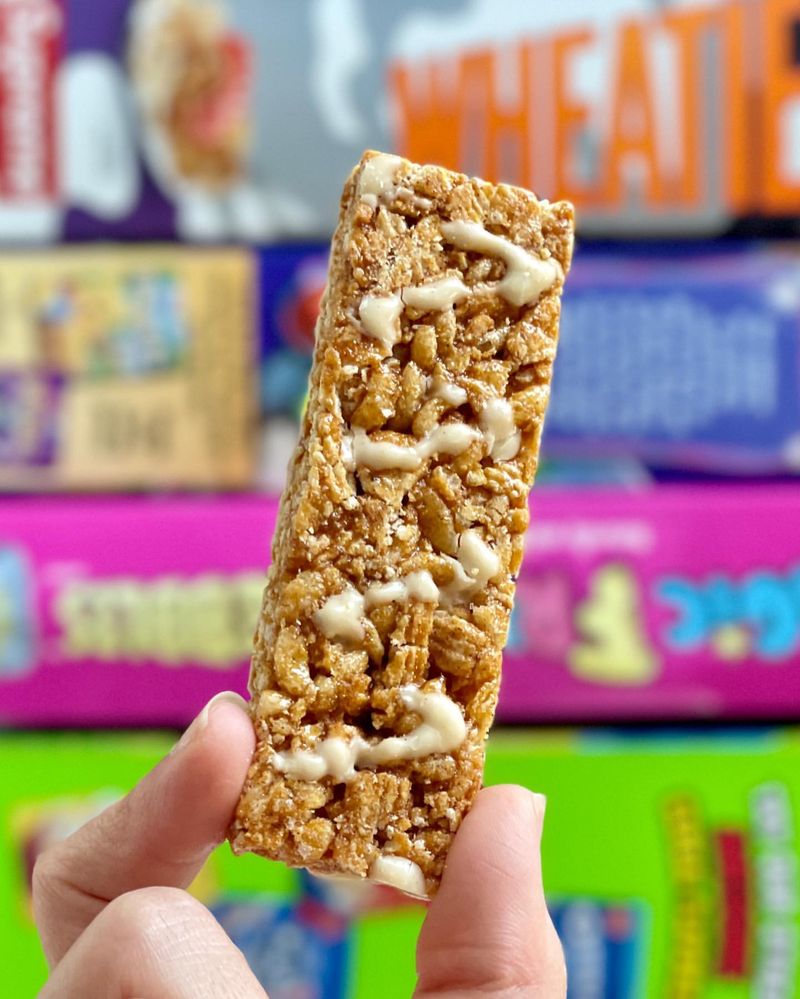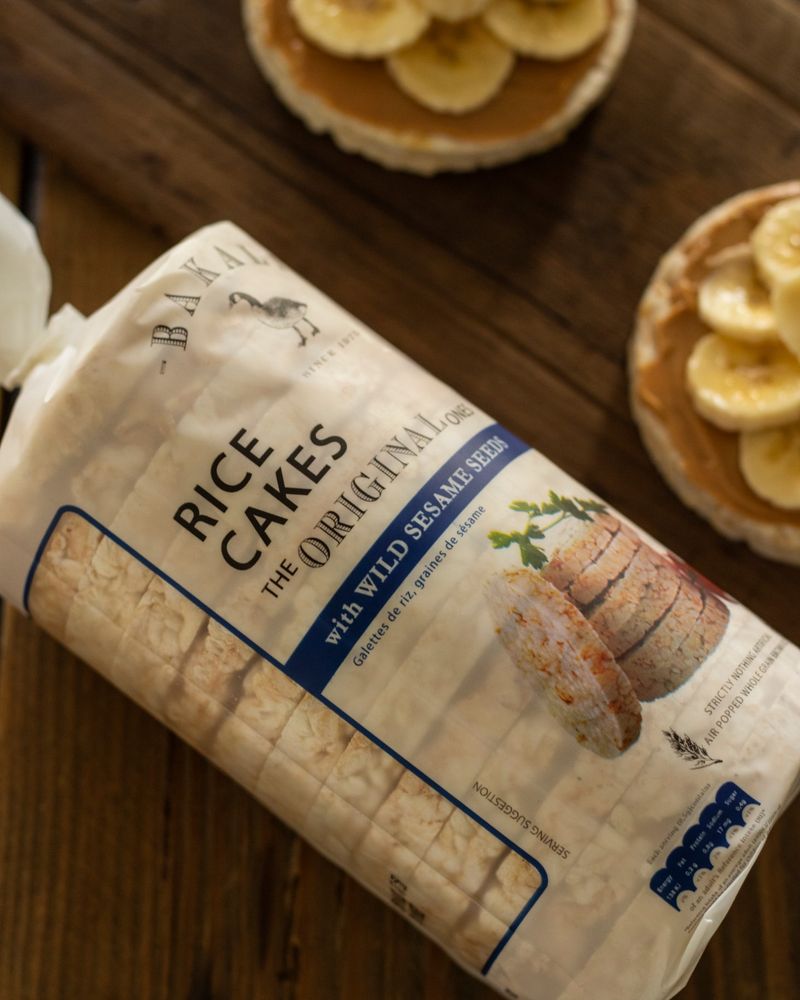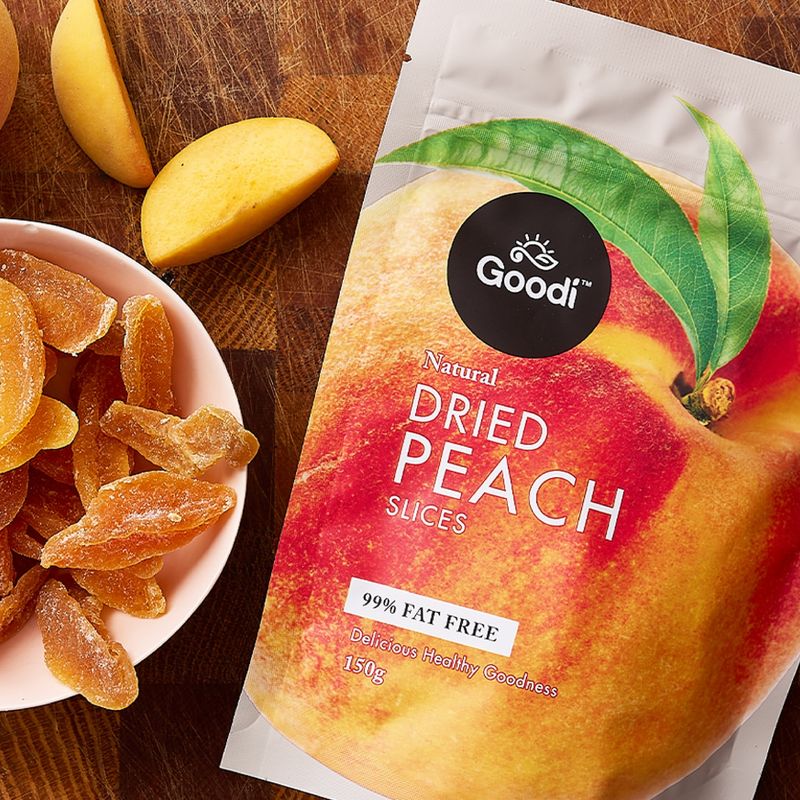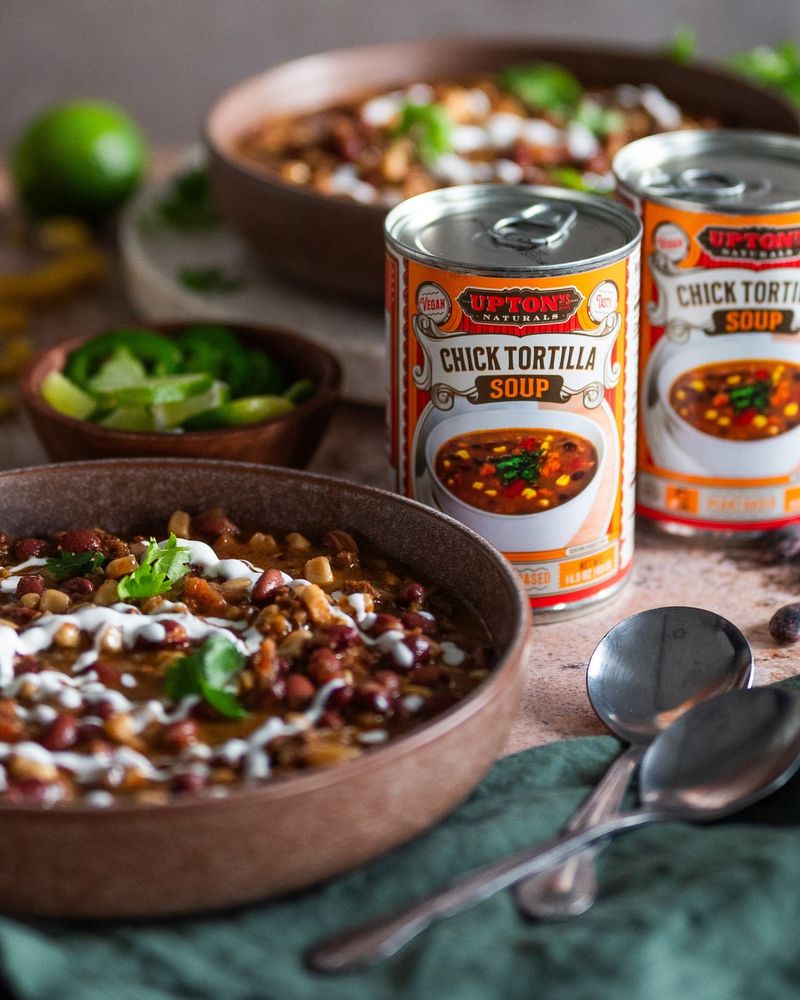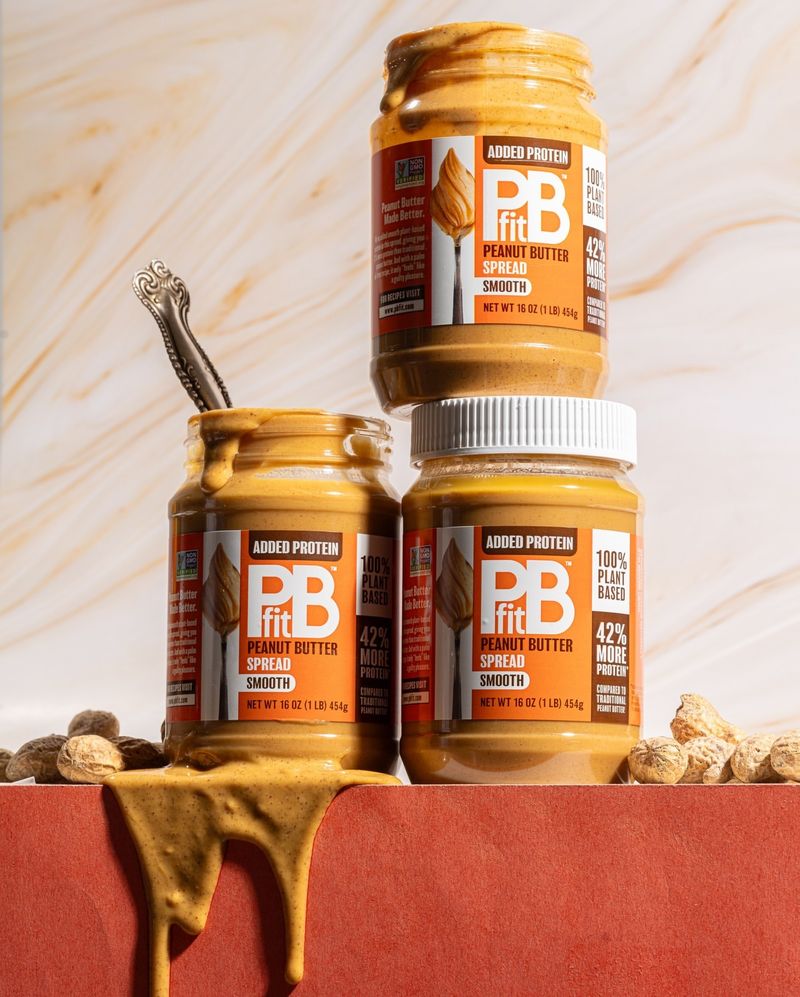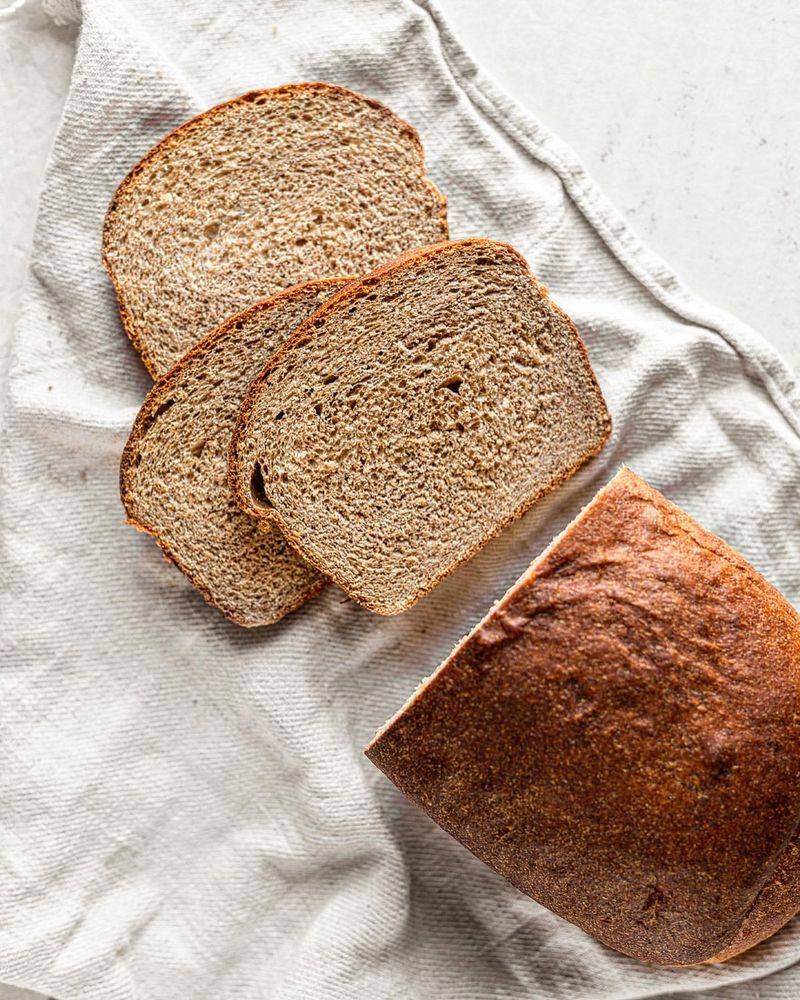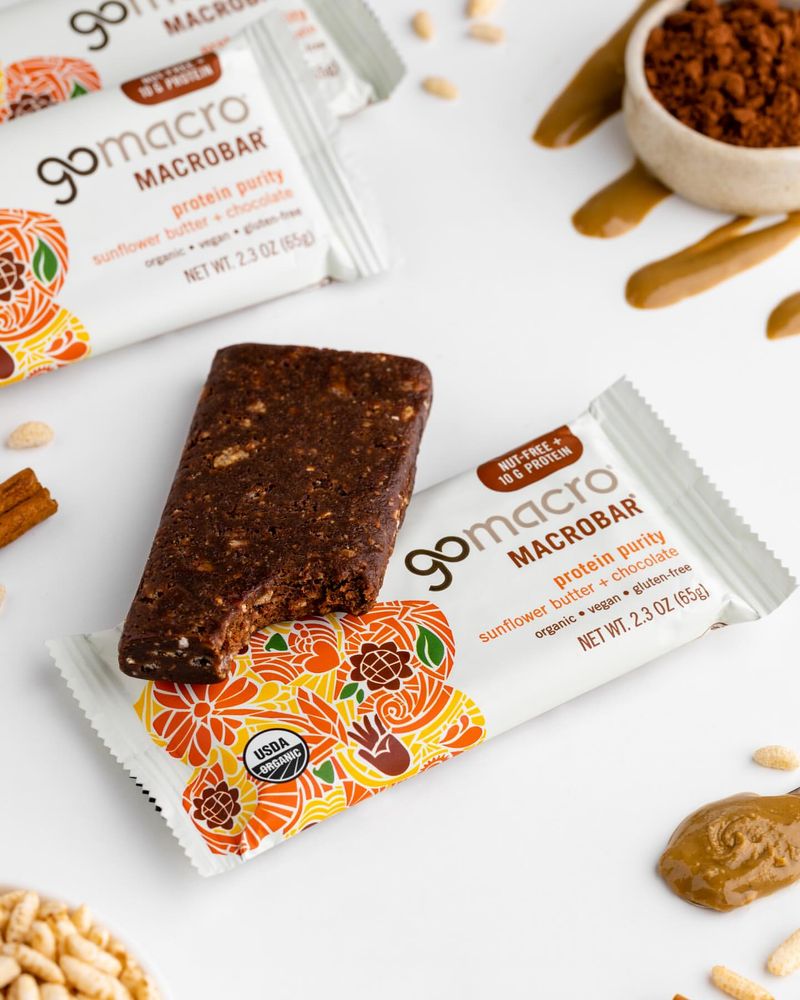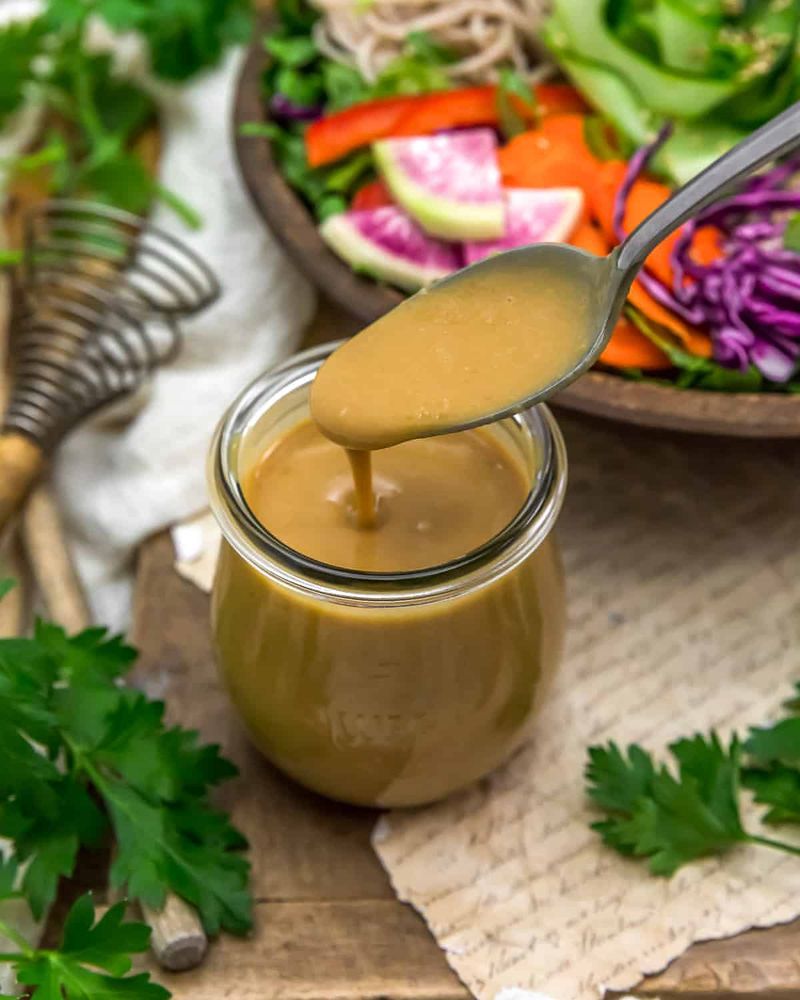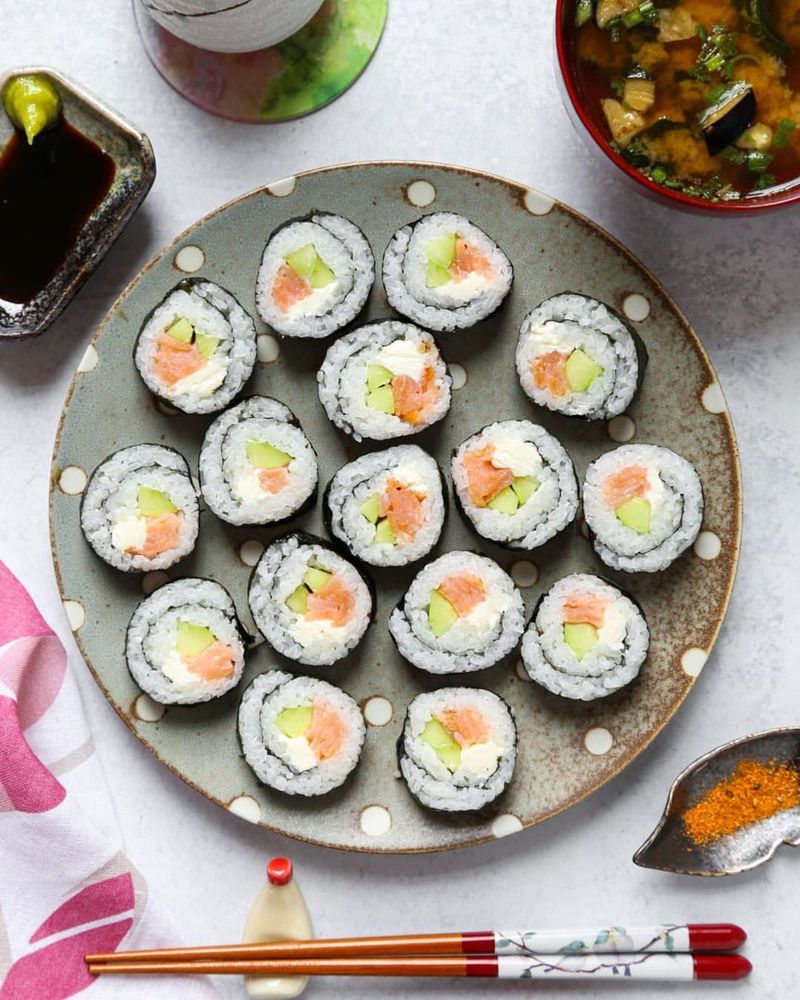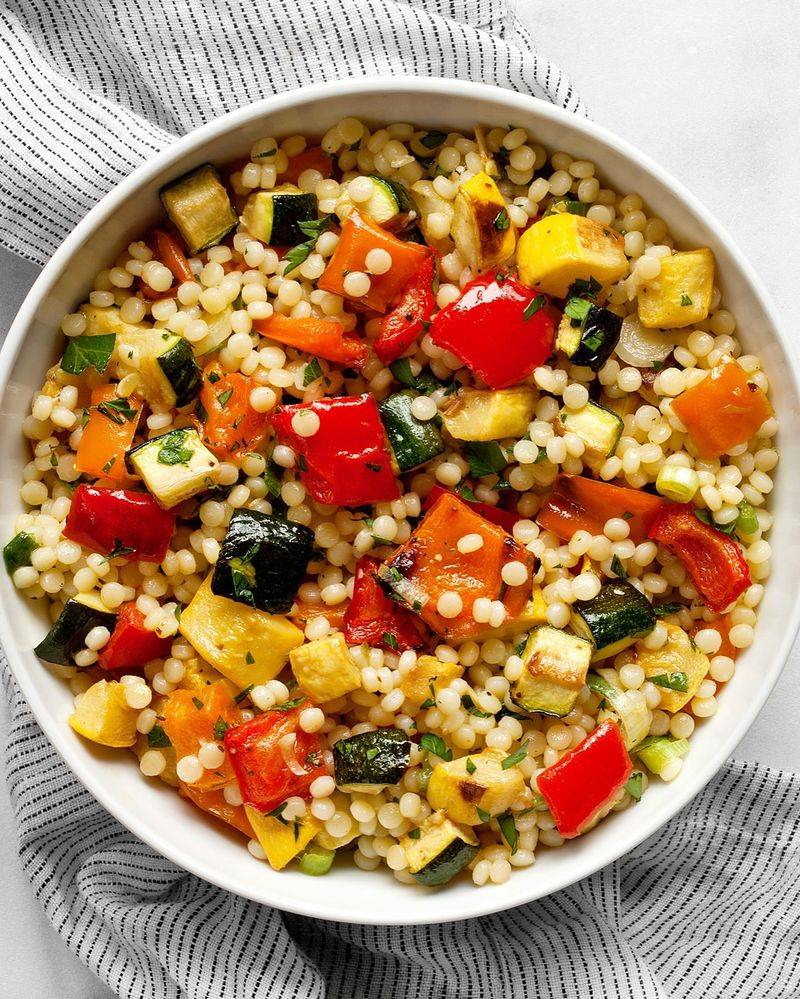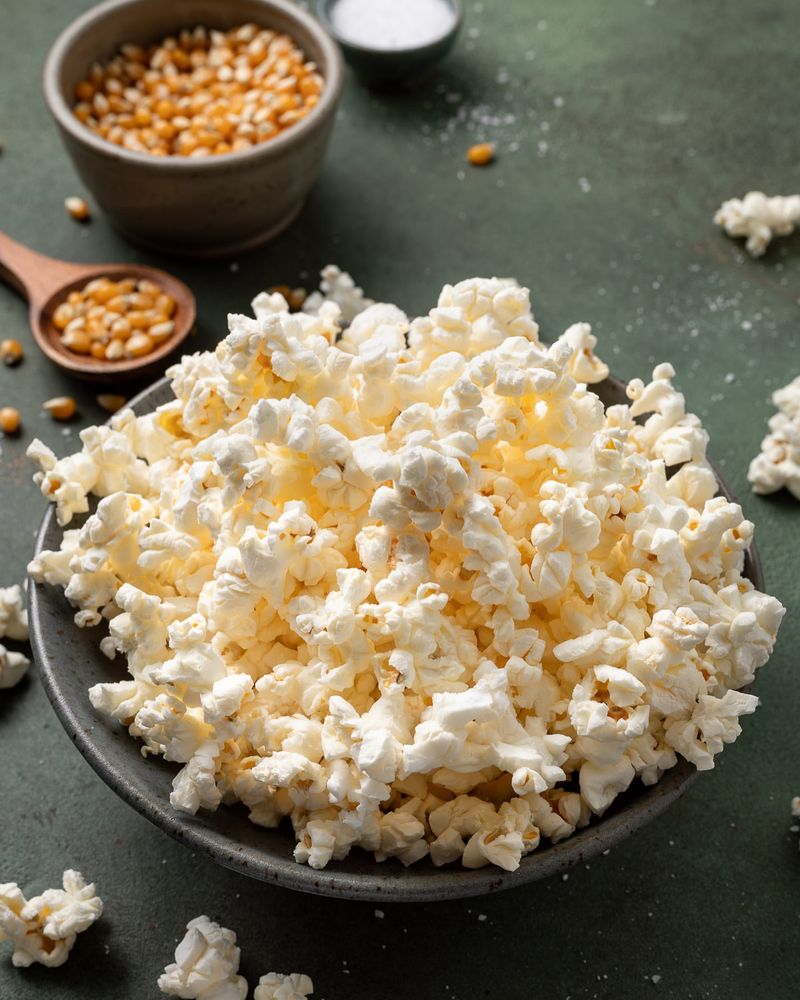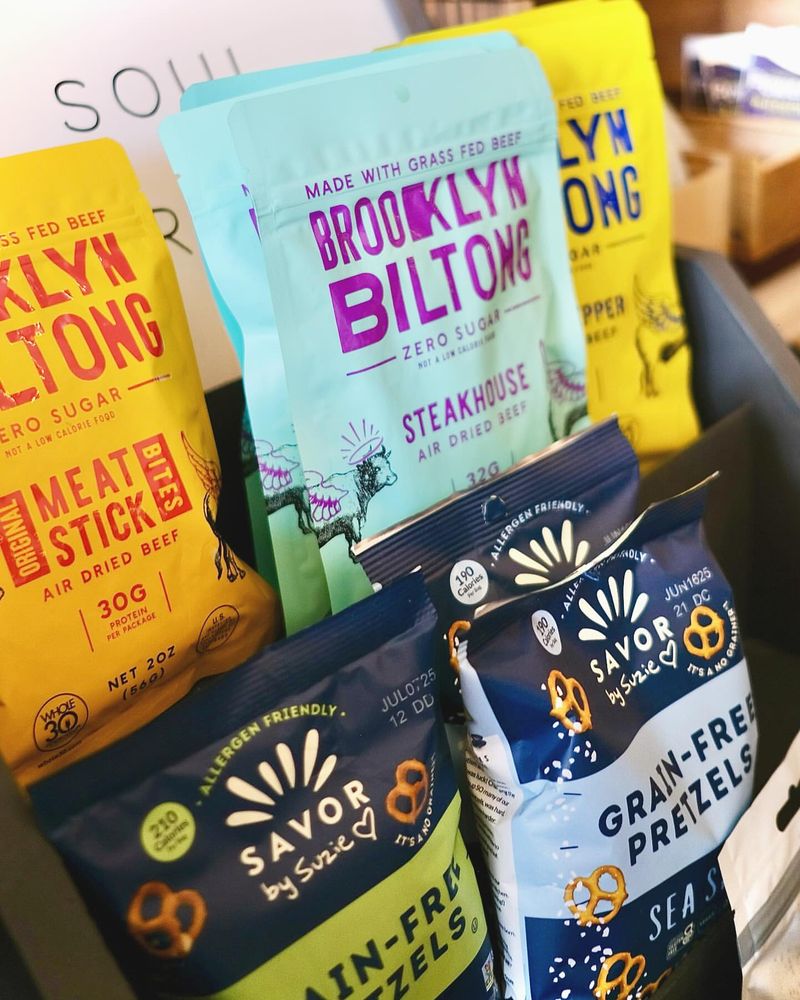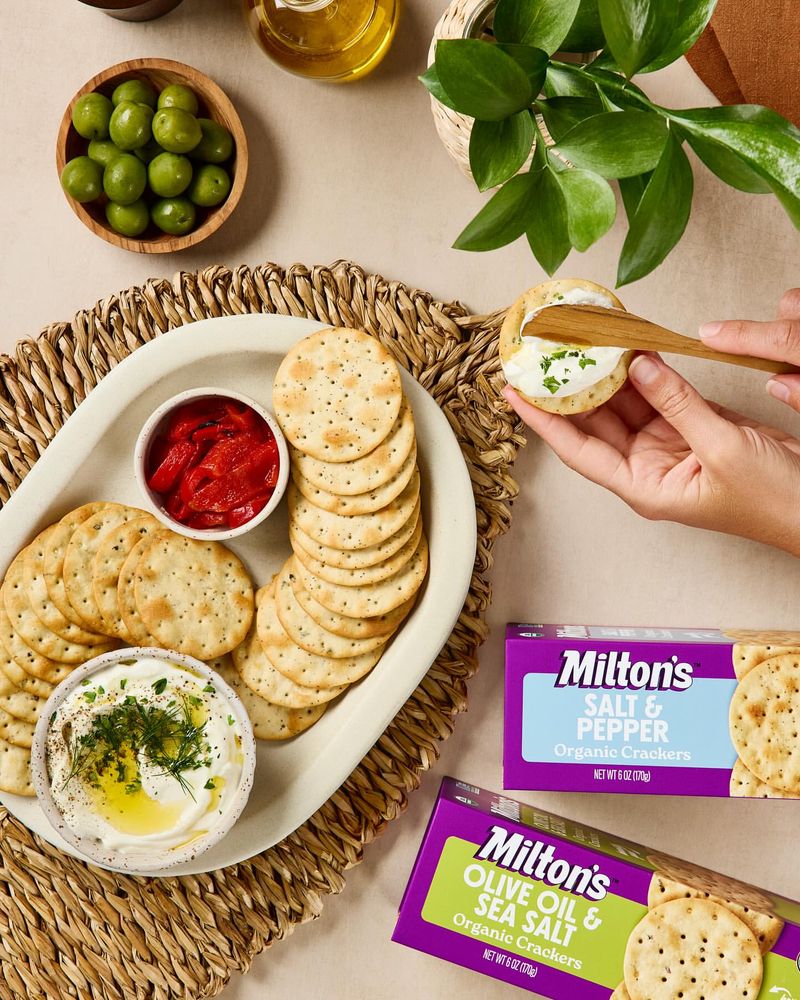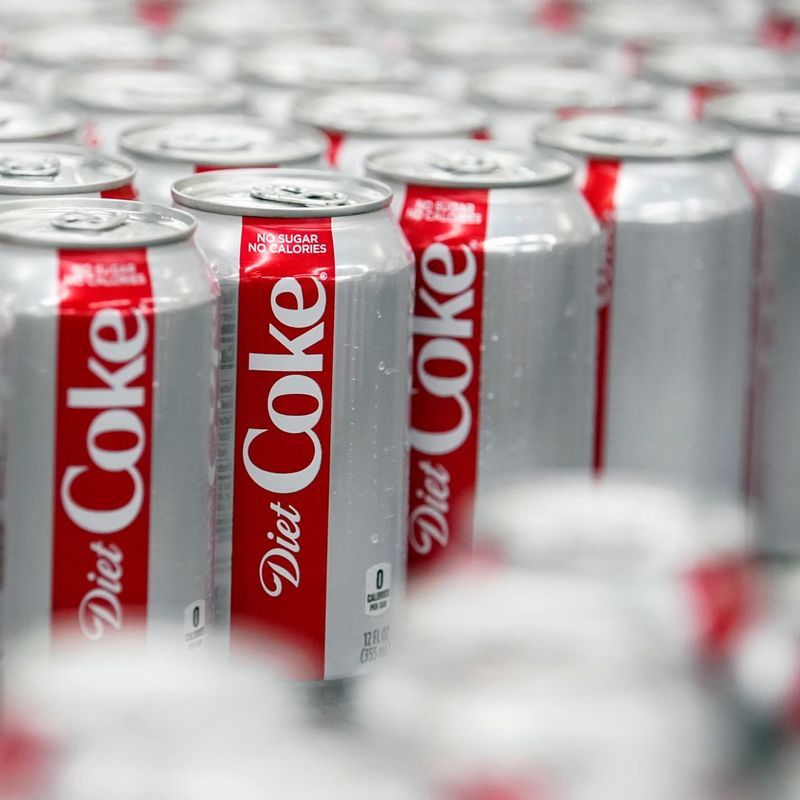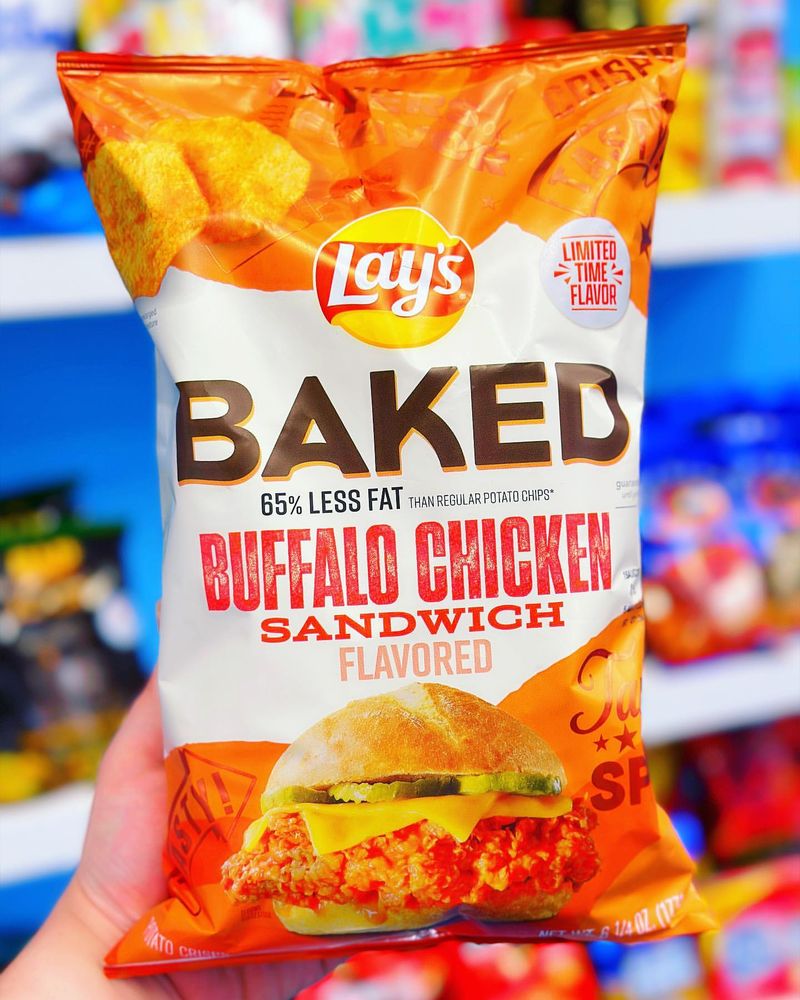We’ve all been there, thinking we’re making healthier choices only to find out the reality is quite the opposite. From grabbing a quick snack to trying out the latest food trend, it’s easy to be misled by foods that seem beneficial but might not be.
In this post, I’ll guide you through 27 such foods that often masquerade as healthy options. Let’s navigate these tricky choices together and uncover what’s really on our plates.
1. Granola Bars
Granola bars often come across as a healthy snack option. However, many are laden with sugars and artificial ingredients.
Choosing granola bars might sometimes feel like a smart move, but these quick snacks frequently pack more sugar than a candy bar.
It’s crucial to read labels and opt for those with natural ingredients and reduced sugar. Always consider making homemade versions where you control what goes in.
2. Flavored Yogurt
Flavored yogurt might seem like a nutritious choice due to the fruit it contains. Yet, these yogurts are often filled with added sugars and flavorings. While they taste delicious, the sugar content is usually high, which can negate the benefits.
Opting for plain yogurt and adding your own fresh fruits can be a healthier alternative. This way, you not only cut down on sugar but also enhance the flavor naturally.
3. Fruit Juices
Fruit juices, despite their fruity origins, are not always the healthiest option. Many juices are stripped of fiber during processing and loaded with sugars.
Drinking juice can sometimes spike your sugar levels without providing the satiety that whole fruits do. Consider choosing whole fruits over juices to enjoy the natural fiber and nutrients they offer. By doing so, you make a more wholesome choice for your body.
4. Veggie Chips
Veggie chips often appear to be a virtuous alternative to regular chips. Unfortunately, they can be as processed and salty as their potato counterparts.
Though marketed as a healthy snack, they frequently contain vegetable powders rather than whole vegetables.
It’s wise to opt for actual fresh vegetables for snacking, providing real nutrients and satisfaction. Remember, whole food options are generally more beneficial.
5. Smoothies
Smoothies can be deceptively unhealthy, especially when bought pre-made or from a cafe. These drinks often incorporate juices, sweeteners, and syrups, which can significantly increase sugar content.
Large portions or adding calorie-dense ingredients like sweeteners, peanut butter, or chocolate can turn a smoothie into a calorie bomb.
While homemade versions can be nutritious, it’s important to be mindful of ingredients and portion sizes. Opt for adding greens and limiting sugary fruits to maintain a balanced and healthy drink.
6. Trail Mix
Trail mix often gives the impression of a healthy, energizing snack. However, the inclusion of chocolate, dried fruits, and added sugars can diminish its health benefits. It serves best when homemade, allowing you to choose raw nuts and unsweetened fruits.
Keeping portions small ensures you don’t overconsume calories. Just a little planning can make your trail mix the healthy snack it’s meant to be.
7. Bran Muffins
Bran muffins sound like a healthy breakfast, yet they are often sugar-laden. These pastries can contain as much sugar and fat as a slice of cake. Despite their wholesome name, they might not align with your dietary goals.
If you enjoy them, consider homemade versions where you can control the sugar and fat content. Doing so can transform them into a genuinely healthy treat.
8. Frozen Yogurt
Frozen yogurt is often perceived as a healthier alternative to ice cream. However, many frozen yogurts contain just as much sugar and calories.
The allure of adding extra toppings can further increase sugar consumption beyond what’s realized. Opting for plain varieties and limiting toppings can help in keeping it a bit healthier.
Remember, moderation is key even with foods that seem light.
9. Sports Drinks
Sports drinks are marketed to replenish and hydrate active individuals. Yet, they usually contain high levels of sugar and artificial colors. While they may seem necessary after intense workouts, water is often sufficient for hydration.
Reserve sports drinks for prolonged, strenuous activities. Choosing water or electrolyte tablets can be a more suitable option for regular hydration needs.
10. Gluten-Free Snacks
Gluten-free snacks are not always the healthy option they seem to be. Many products replace gluten with sugar and fat to enhance flavor. These snacks, often perceived as healthier, might not provide nutritional benefits.
Choosing whole, naturally gluten-free foods like fruits and vegetables is generally a more nutritious option. It’s important to look beyond labels and review ingredient lists.
11. Cereal Bars
Cereal bars are a quick breakfast solution but can be packed with sugars and preservatives. These bars often serve more as a sweet treat than a nutritious meal, with scant fibers or protein.
Preparing your own using oats, nuts, and minimal sweeteners can offer a balanced alternative. This approach ensures you start your day with genuinely beneficial nutrients, rather than an overload of sugar.
12. Pre-made Salads
Pre-made salads can be surprisingly unhealthy, particularly when loaded with dressings and toppings. What seems like a healthy choice can quickly turn into a calorie-dense meal. Opt for building your own salads, focusing on fresh greens and lean proteins.
By controlling what goes into your salad, you can ensure it remains a genuinely healthy meal option. This approach lets you enjoy the real benefits of salads.
13. Rice Cakes
Rice cakes are often seen as a low-calorie snack, but they offer little nutritional value. These snacks can lead to quick spikes in blood sugar, providing only temporary satiety.
Consider pairing them with nutritious toppings like avocado or nut butter to enhance their health benefits. Such additions can turn rice cakes into a more balanced and satisfying snack. It’s all about making deliberate choices.
14. Packaged Dried Fruits
Packaged dried fruits often seem healthy, but they can be sugar traps. Many contain added sugars and preservatives, reducing their nutritional appeal.
Opting for fresh fruits or unsweetened dried varieties can make a significant difference. These choices provide genuine nutrients without the extra sugar.
Always be sure to check labels for hidden sugars and additives. Being mindful helps you select truly healthy snacks.
15. Canned Soups
Canned soups can be convenient but are often high in sodium and preservatives. While they offer an easy meal, these soups can contribute to excessive salt intake.
Preparing homemade soups allows you to control ingredients and salt levels. It ensures a healthier and more nutritious meal. This way, you can enjoy the comfort of soup without compromising on health.
16. Low-Fat Peanut Butter
Low-fat peanut butter may seem like a healthier choice, but it often contains added sugars and fillers. In reality, the natural fats in regular peanut butter are beneficial when consumed in moderation.
Opting for natural peanut butter without additional ingredients is a healthier route. This choice ensures you receive the nutritious benefits of peanuts. It’s wise to embrace the natural goodness.
17. Whole Wheat Bread
Whole wheat bread might seem healthier than white, but many store-bought versions include added sugars and preservatives. While it offers more fiber, it’s crucial to check labels for whole grain content.
Opting for breads labeled 100% whole grain ensures you gain maximum benefits. This choice aids in receiving the fiber and nutrition promised. Always look beyond the marketing.
18. Protein Bars
Protein bars are marketed as health products, yet many are sugar-laden like candy bars. While they provide convenience, their nutritional profile often involves compromises. Selecting bars with minimal sugar and high protein content is key.
Alternatively, making homemade versions can offer control over ingredients, ensuring a healthier snack. It’s vital to scrutinize labels for a genuinely beneficial choice.
19. Fat-Free Salad Dressing
Fat-free salad dressings may seem appealing, but they often contain added sugars and artificial flavors. These dressings can negate the health benefits of a salad.
Preparing your own with natural ingredients like olive oil and vinegar offers a healthier option. This homemade approach enhances the flavor and nutrition of your salads. Always aim for simplicity in ingredients.
20. Sushi Rolls
Sushi rolls, particularly those with heavy sauces and fried ingredients, may be less healthy than they appear. While sushi can be nutritious, these extras increase calorie and fat content.
Opt for simpler rolls with fresh fish and vegetables to enjoy the benefits. Selecting sashimi or nigiri can also provide a healthier dining experience. Always aim for freshness and simplicity.
21. Couscous
Couscous might seem like a healthy grain alternative but is essentially refined wheat. While easy to prepare, it lacks the fiber and nutrients of whole grains.
Opting for whole grain varieties like quinoa or brown rice offers more nutritional benefits. These choices provide the fiber and protein that couscous lacks. Always consider whole grains for a wholesome meal.
22. Microwave Popcorn
Microwave popcorn often contains artificial flavors and unhealthy fats. While it seems like a light snack, the added butter and salt can make it unhealthy.
Opting for air-popped popcorn with minimal seasoning provides a healthier alternative. This switch allows you to enjoy popcorn without compromising on health. Making small changes can have a big impact.
23. Low-Calorie Packaged Snacks
Low-calorie packaged snacks often replace fats with sugars or carbs, reducing their health appeal. While convenient, these snacks might not satisfy hunger and can lead to overeating.
Choosing whole foods like nuts or fruits offers more nutrition and satiety. Always be mindful of ingredients and nutritional balance. It’s about making informed choices for better health.
24. Instant Oatmeal
Instant oatmeal is quick but often contains added sugars and artificial flavors. Despite its convenience, these additions can diminish its nutritional value.
Choosing plain oats and adding your own fresh fruits and spices results in a healthier breakfast. This way, you control the flavor and nutrition without unnecessary sugars. Always go for the simplest ingredients.
25. Salt And Pepper Crackers
Salt and pepper crackers might sound healthy but often include refined flour, unhealthy fats or additives to extend shelf life. While they are relatively low in calories many crackers are loaded with salt, which can contribute to high blood pressure if consumed in excess.
Opting for crackers with whole grain ensures better nutrition. This choice provides the fiber and nutrients that refined versions lack. Always read beyond the marketing claims.
26. Diet Soda
Diet soda may seem like a healthier alternative due to its low calorie content, but it contains artificial sweeteners. These sweeteners can affect metabolism and aren’t necessarily better for health.
Water or natural flavored water offers a more wholesome beverage choice. Making small shifts in beverage choices can have a significant impact on your health.
27. Baked Chips
Baked chips are often marketed as a healthier option than fried, yet they can still be high in sodium and preservatives. While they offer fewer fats, the processing can impact nutritional value.
Considering fresh vegetable snacks or homemade versions can provide a true health benefit. Always aim for foods with minimal processing for nutritional integrity.

